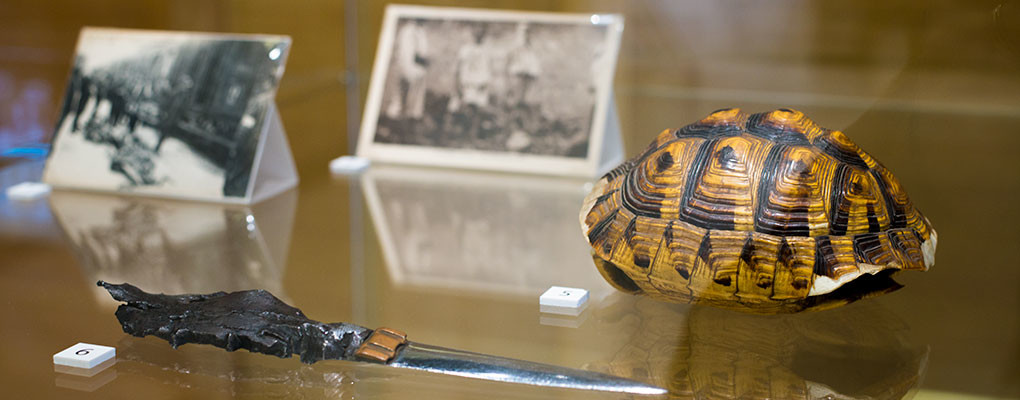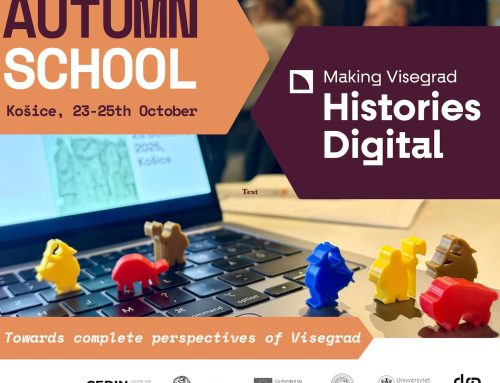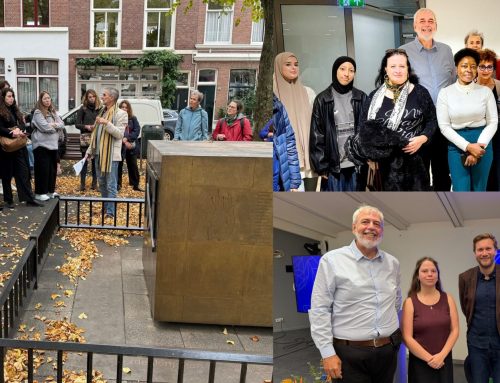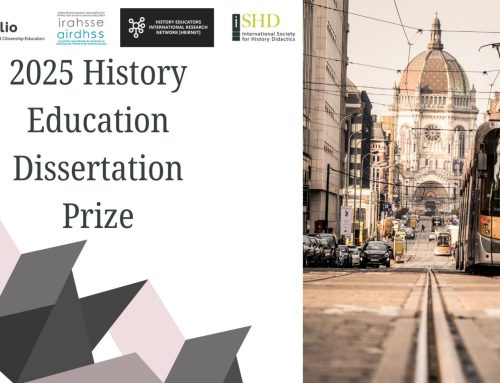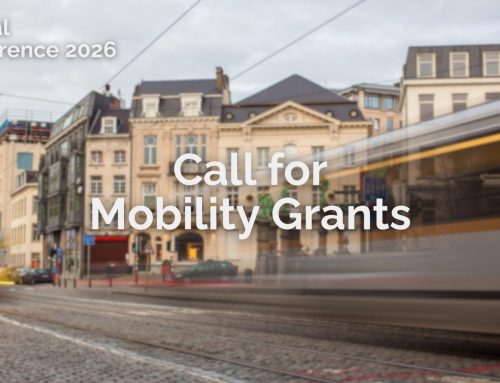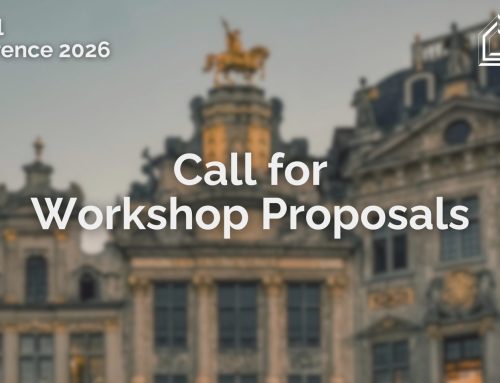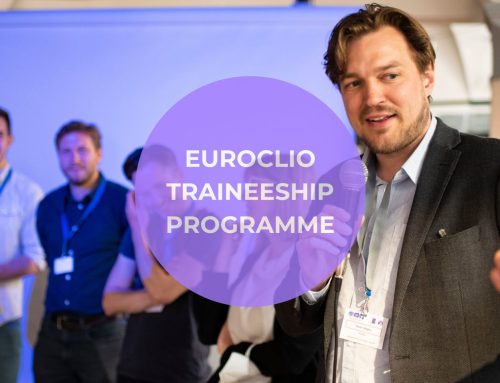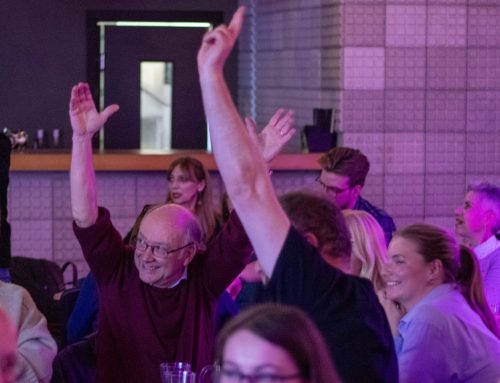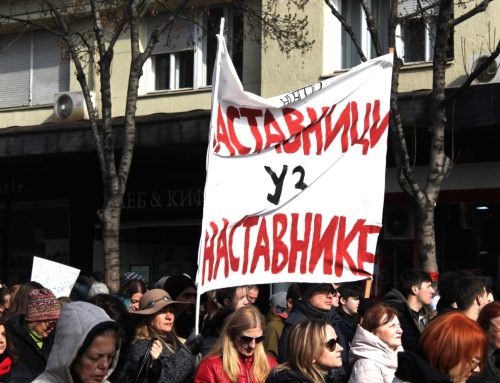By Jonathan Even-Zohar, originally published on the House of European History website
On 27th November 2018 the House of European History organised a debate around the significance, relevance and impact of the centenary of the First World War. The museum invited speakers representing different fields of public history and remembrance who were actively engaged with the centenary.
This event offered an open and rich reflection on the achievements and challenges that have been seen during the WWI centenary in 2014-2018. More broadly, it helped thinking processes at work around those key moments and themes which in effect mobilise people and organisations working with history. The discussion was an incentive to assess how to best provide institutional frameworks which connect Europeans, support research as well as public engagement and create civic space to balance national, and European, remembrance agendas, through initiatives such as the European Remembranceprogramme run by the European Commission, or the House of European History, a project under the auspices of the European Parliament.
John Horne, historian at University of Dublin, discussed the relationship between memory and history, and how that memory event (term coined by Jay Winter) can be analysed in his perspective.
Chantal Kesteloot, a public historian at Cegesoma, discussed the role of public authority and society-at-large in investing, or in fact yearning for remembrance. Virginia Crompton, a journalist-turned-cultural entrepreneur at Big Ideas, shared some of the inclusive community engagement efforts she has led in making an otherwise abstract centenary more meaningful to citizens and children. Kieran Burns, curator at the House of European History, elaborated on the museum’s exhibit on the First World War, which tells a transnational story that contributes to the search for a European narrative.
This brief report highlights a number of significant themes and insights the speakers and participants shared during the discussion I moderated.
Centenary supports new historical research
In Belgium, but this may hold valid across Europe, the centenary helped shift further research focus from WWII to WWI, and stimulated new approaches to WWI history. For example, looking at war aftermaths, or reconsidering a too deterministic approach to the 1920s. Structurally, more financial means were offered to a new generation of young researchers. Yet there is also a sense of missed opportunities to go deeper into entangled, global and difficult histories relating to colonial dimensions. The debate on whether WWI is to be seen as a “European” war, which sucked the world into it though the linkages of European Empires, has been developed and surely will continue as historians seek more and more to illustrate global interdependencies and structures. On the other hand, however, cultural, social and personal histories have found their way to the forefront of popular research, in particular though the lens of marginalised groups, such as the labour corps in the Big Ideas project The Unremembered, forming valuable connections between history and memory. Still more perspectives are to be appreciated, for example for the impact of the war on the Ottoman Empire and the wider region, or the rise of fascism itself. Or the colonial experiences and the history (and memory) of disabilities of the war-wounded. In summary, it seems as though the centenary has merely scratched the surface of future research fields.
Supporting public participation – and is a transnational civic remembrance next?
When thinking about commemoration, the first thing that comes to mind is some kind of official parade produced with television in mind, with the laying of flowers and solemn reflective speeches by Heads of State. And yes, this happened at the current centenary as well, both on the national as well as international arenas. Yet this time around, the public stepped up to a greater extent, and took part in many activities., Europeana’s collection roadshow is a good example – in which ordinary people were invited to have their war-time items and the related stories be forever included in Europe’s digital collections. Or #playforpeace, where musicians around the world co-recorded a commemorative tribute to the armistice. Who then actually owns remembrance? Is it still a prerogative of the State to mark key moments in its lifetime, or is it becoming increasingly democratised? And if it is, is the way in which this process unfolds inclusive enough to all members of society? Innovative engagement ideas have been developed in the context of the centenary and their effects should be studied and shared more. Keep in mind that the First World War centenary was unique for it was still a commemoration with a “living touch” i.e. personal significance for living generations through their recent family history.
The centenary put museums in an international and local space of memory
The House of European History collection and exhibition development which happened exactly during the commemorations, benefited from the widespread interest for the topic. Local and national museums in Rovereto, Budapest, Ypres, and others, who lent objects, showed a huge interest for the transnational narrative being built by the House of European History. New museums presented local experiences, or novel museum approaches, such as the “In Flanders Fields Museum in Ypres which provided a beautiful example of a post-national museum. This put new emphasis on the front as a multicultural space, going beyond the idea of ‘our dead’. One debate which continues is the role of tourism and other forms of popular visits to sites. The consumerist side of remembrance may be an element which requires further discussion.
Laying bare current political realities
While researchers, educators and practitioners brought new civic and/or an international sense to reflecting the horrors of the WWI, it is not clear what steps were taken politically in this context. On the one hand we have seen joint commemorations as a tool of cultural diplomacy. Liberal leaders have sought to publically value the progress the Europe of today has made from the violence of the past, or even set aside the negative side of nationalism, as President Macron did in his speech in November 2018. But there are other developments as well. A Central Eastern European memory framework differs greatly from a Western European one, which seems to have dominated the overall European agenda. In fact, one might argue many centenaries are just about to take shape as countries in Central and Eastern Europe, which will be looking to commemorate their interwar independencies. Then comes the question if so much history being done in and around commemorative dates, does that signal a wider lack of political visions or ideals today?
Europe has a European Remembrance programme run by the European Commission, which in effect mobilises people and organisations working with history toward certain key moments and themes. As the outline of the future of this programme post-2020 is bound to emerge in the coming year, it may be wise to reflect on the achievements and challenges that have been seen during the WWI centenary in 2014-2018. Based on this we can assess how to best provide an institutional framework which connects Europeans, supports research as well as public engagement and creates civic space to balance national, and European, remembrance agendas.

